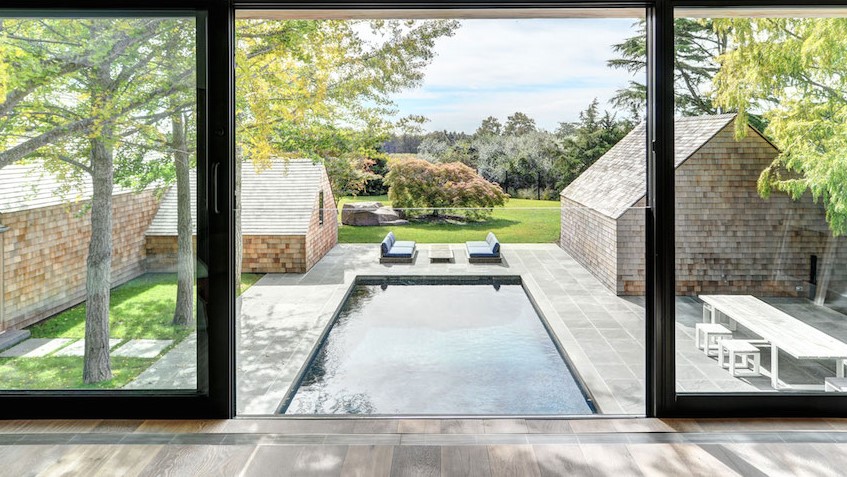Let’s say you’re a pair of young and talented Boston designers, ready to open a museum after running workshops for years with the local chapter of the Industrial Designer Society of America.
The idea is to educate the public about good design and how it’s done – to speak to the masses, rather than the designer classes alone.
The only catch is that it’s 2009, at rock bottom of the Great Recession. And construction is expensive, anyway. So what do you do?
If you’re Sam Aquillano and Derek Cascio, you question whether a building is the best way to go anyway – and decide to take your museum to the places where the people are.
Like Terminal E at Boston’s Logan Airport. Or Boston City Hall. Or Prudential Center.
“People understand what a museum is, but we turned it on its head a little,” says Aquillano. “We want to create a more educated audience for the amazing work that designers create.”
At Logan earlier this year, their wall-less Boston Design Museum opened “Getting There: Design for Travel in the Modern Age.” The exhibit explores how design has shaped and continues to transform the travel experience, and features luggage, seats, signage, uniforms, and wayfinding systems. Included are projects from design heavyweights Bose, Samsonite and Teague, among others.
“Instead of an exhibit about product design, we chose a topic – travel – that people can relate to,” he says. “We wanted to show how design shapes the travel experience, from the economic, social and technological points of view, and how design responds to changes in those three areas.”
About 300,000 people pass through Terminal E every month, so the Boston Design Museum is getting its share of attention there.
And membership is up for the non-profit 501C3 organization too, recently surpassing the 300 mark.
“People are hungry for content and information,” he says. “There’s a curiosity out there, as design enters the popular lexicon.”
The idea, he says, is to show how good design can make the world a better place.
“It’s equal parts design encyclopedia and construction manual,” he says.
With a construct like that, who needs walls anyway?
For more information, go to http://designmuseumboston.org/
[slideshow id=822]


